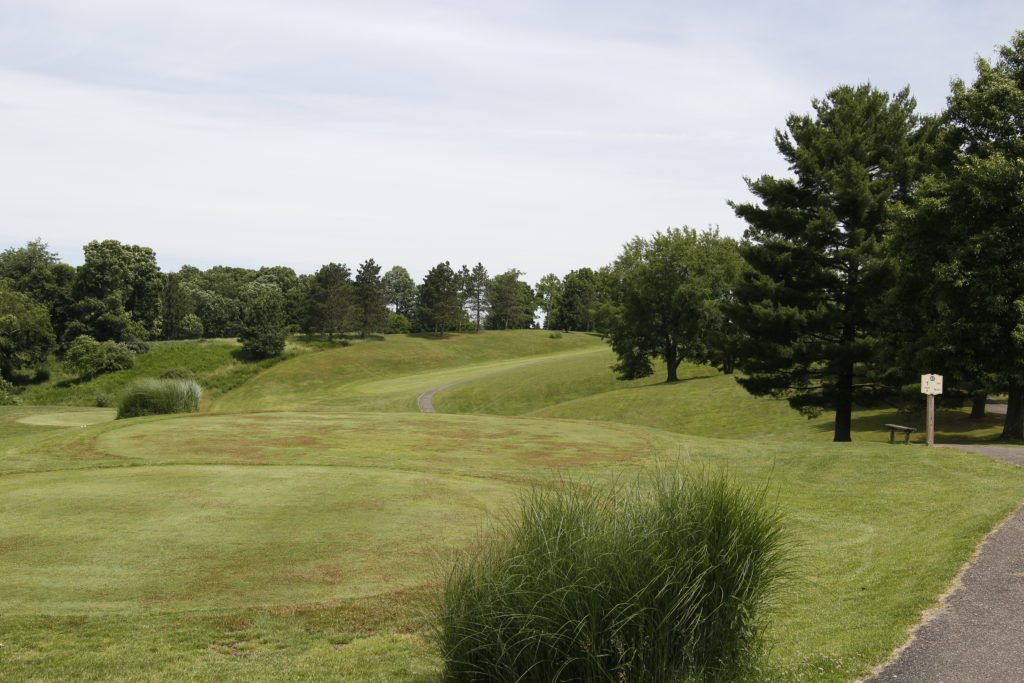Fish passage project bolsters a steelhead fishery
A fish passage structure built in a Lake Erie tributary in Pennsylvania created a steelhead fishery and gave resident and migratory fish access to four additional miles of free-flowing stream by reconnecting the lake with the upper reaches of the watershed.
Description
The Pennsylvania Fish and Boat Commission constructed a pair of fish passage devices along Fourmile Creek, a tributary of Lake Erie, which enters the lake east of Erie, Pa. The project was completed in two phases. The first phase restored fish passage at river mile 0.2 by the constructing an Alaskan Steep-pass fish-way at the Lawrence Park Golf Course dam in 2010. The second phase restored passage at river mile 0.4 by constructing a 250-foot long naturalized bypass channel to restore fish passage to four miles of stream habitat along Fourmile Creek.
Resource Challenges Addressed
Lack of native habitat
Stream fragmentation
Lack of fish passage
Excessive stormwater runoff
Location
Lawrence Park Township, Pa.
Approximate Cost
$130,000. The project was funded in part by the Great Lakes Restoration Initiative.
Key Partners
Great Lakes Restoration Initiative, U.S. Fish and Wildlife Service, the Pennsylvania Fish and Boat Commission, Lawrence Park Golf Course, Erie County Conservation District, Pennsylvania Sea Grant, Lawrence Park Township, and the U.S. Environmental Protection Agency
Types of Jobs Created
Biologists, engineers, and construction tradesmen
FOURMILE CREEK FISH PASSAGE PROJECT
Golf courses, like the one pictured above, often have natural features like streams running through them. In a golf course in Pennsylvania, a fish passageway was added to a stream flowing through the course. Credit: Ohio Department of Natural Resources.
Results and Accomplishments
Constructed a bypass channel to restore upstream fish passage to four miles of stream habitat along Fourmile Creek. The project establishes steelhead access into the middle and upper reaches of Fourmile Creek and creates a recreational steelhead fishery.

